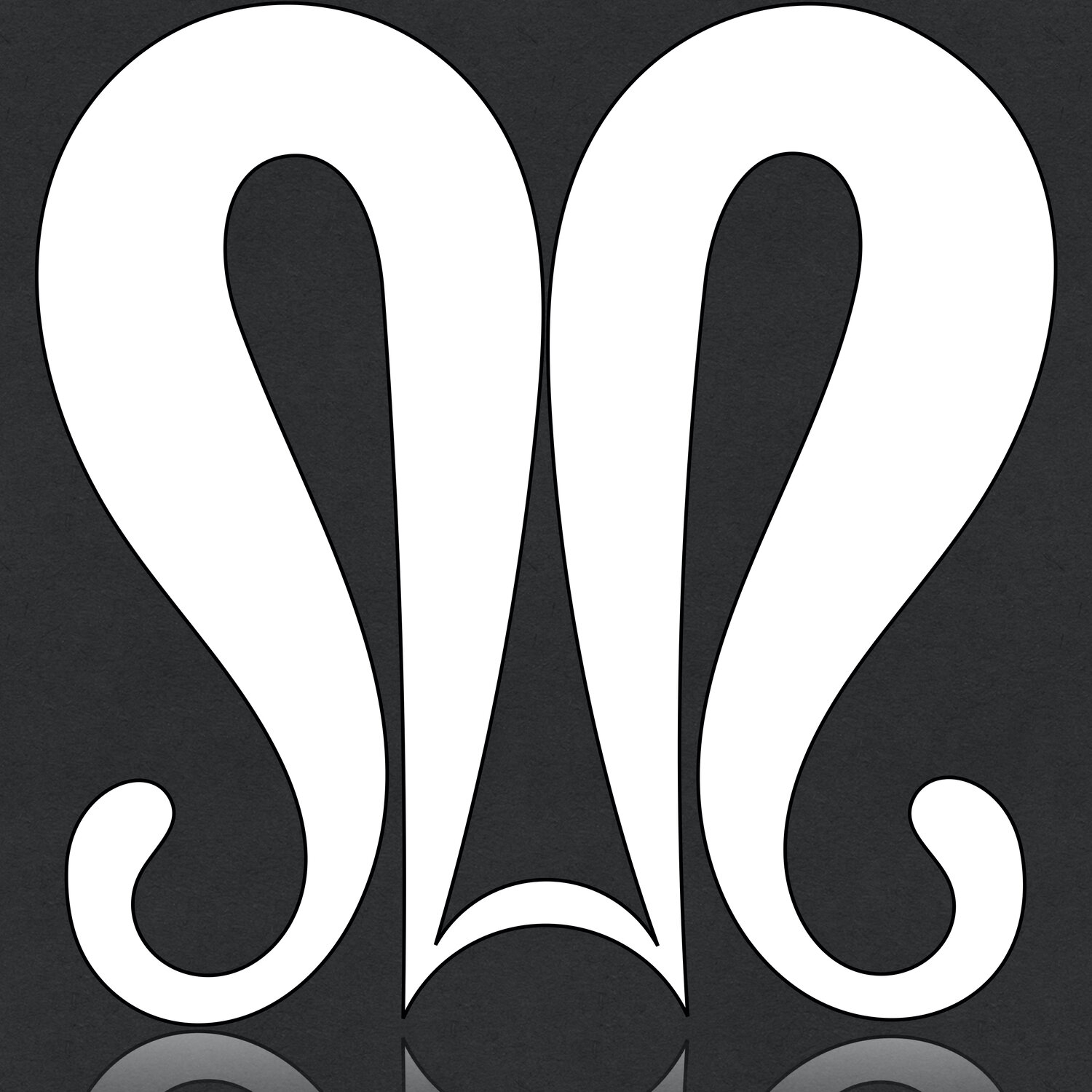Challenging the Status Quo with Respect
Jerkin/jacket in the collection of the Museo del Traje, Spain
I really enjoy coming across pieces that aren’t fancy, trim-encrusted showstoppers. This one certainly fits the bill. I am particularly interested in its construction. Each piece appears to have been made up and finished entirely separately, including the lining, and then it was lashed/whipped/stitched with a strong thread and careful technique. The state of the garment is so tidy and perfect that I often wonder if it is actually a 19th century copy...as was so often done, but there are too many elements which are spot on for the period that I have told myself to stop being a know it all and to quit being so doubtful.
To see the museum Entry, follow this link: http://www.culturaydeporte.gob.es/mtraje/gl/visita/visita-virtual/tiempos-lejanos/tesoros-pasados/jubon-080289.html
The cut of the garment and the way it hangs is so correct though, I think it is safe to say that it is probably original. I will keep my reservations in check and trust that the museum has done its due diligence to know its provenance.
This method of construction goes SO well with my philosophies of hand work. Principles like batching tasks, dividing work and keeping pieces as small and manageable as possible until the very end of the process all become useful when making a garment like the one above.
I also truly love the few garments which have this kind of construction because they challenge the way people think about making things.
If there is one thing that makes me cringe when discussing historical garments with people, it is the assumption that is often made that the work could be carried out in JUST ONE WAY.
I am frustrated by people who follow the "one true way" mode of thinking because it really limits the our understanding of just how creative historical tradespeople were when it came to innovating for efficiency, or just to make the work more feasible and profitable.
Challenging the status quo has become something of a norm with my work and I am really glad to see that there are so many people who do the same these days. From YouTube videos which challenge assumptions about corsetry and stays, to people who take the time to painstakingly experiment with multiple hand-sewn garments, the culture of finding a better way is here to stay.
Experimentation is key to our growth. It could be testing out different methods of achieving a pattern and making the garments to see what happens. It could be using the same pattern with wildly different methods of construction to see how they wear and what they do.
In a recent experiment, I tested out a more correct crotch shape for breeches and was STUNNED at the subtle, but effective differences in how they feel when worn. The fit was DISTINCTLY different from what I had normally done on a shape that was otherwise identical to breeches I've been wearing for years.
These small moments where we choose to trust what has come to us from extant garments and from people working in museum professions but also test those hypotheses like suspicious scientists to find out how to make things work -- those are the moments that carry us forward to a better understanding of the clothing, the culture, and the people that fascinate us.
It is okay for us to want to have a great outfit in which we can look and feel amazing. It is ALSO okay for us to use those pieces to explore ideas and pathways to gain a deeper understanding of something approximating a "truth" about historical clothing.
Happy Stitching!



